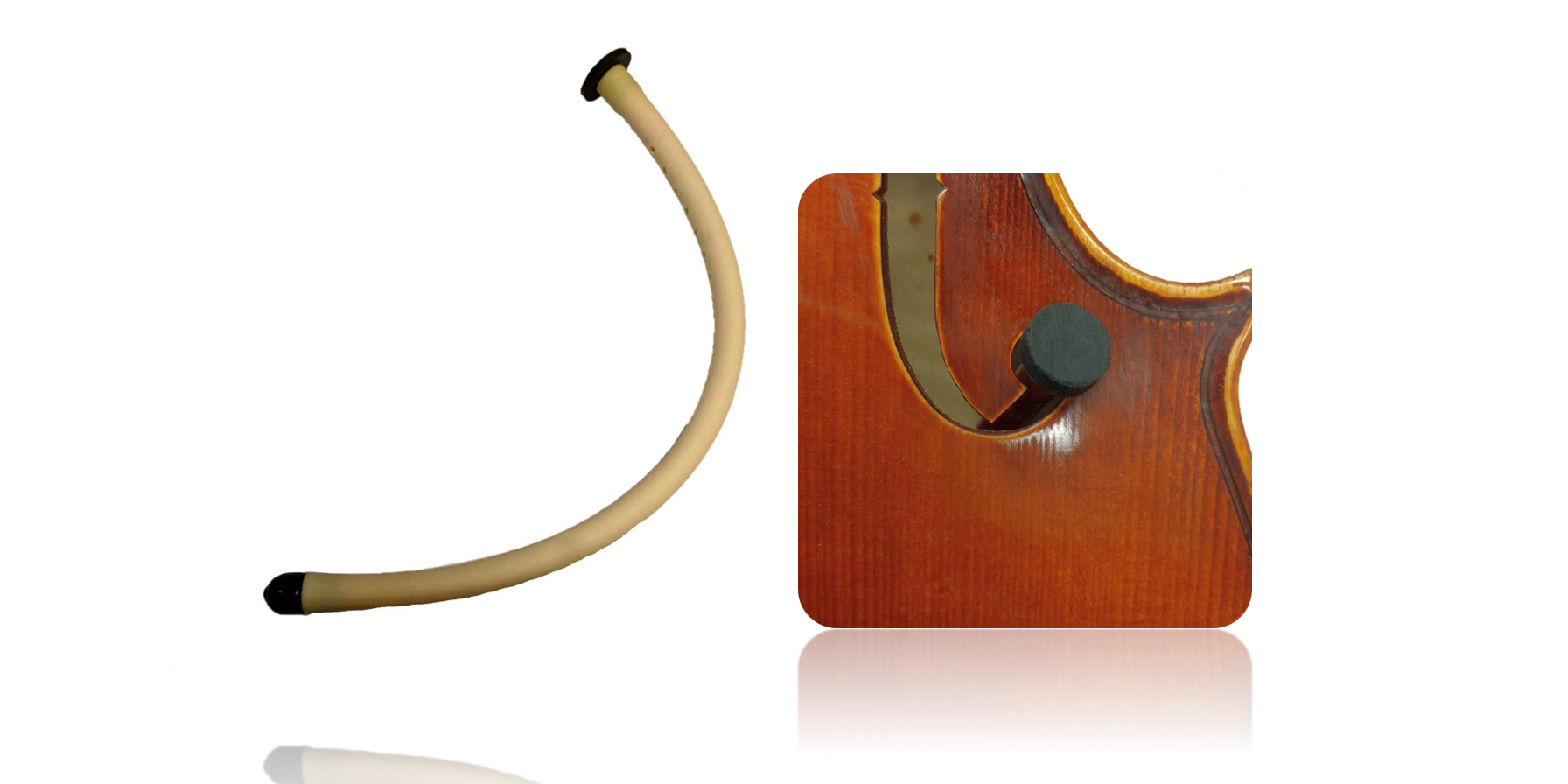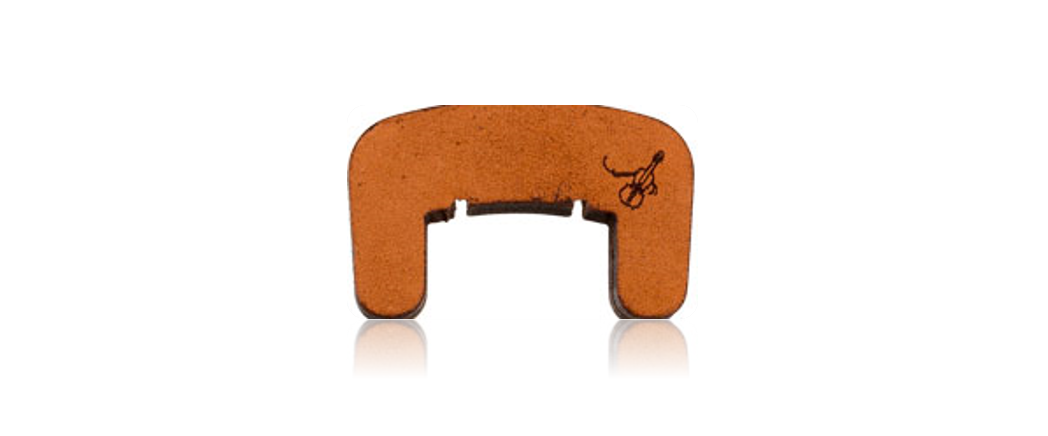Il Cannone: The Middleground

When my friend suggested trying out the new Il Cannone cello strings by Larsen, I was intrigued. As a cellist, I had been using the tried-and-true combination of Larsen Soloist strings for A and D, paired with Thomastik-Infeld’s Spirocore strings for G and C especially for auditions and solo performances. This combination delivered a brilliant and bright sound, perfect for standing out in the spotlight. However, for orchestral settings, I was searching for a different sonic landscape.
The Il Cannone strings were said to strike a balance between the piercing brilliance of soloist strings and the warmth of gut strings. I was excited to explore this middle ground and see if they could offer me the sound I desired when playing in an orchestral setting.
I began my Il Cannone journey with the full "warm and broad" set and used them for about half a year. My initial impression was that these strings allowed my cello to resonate more freely than my previous set. They exerted less tension on the bridge, resulting in a distinctly different texture of sound. If my old strings were akin to metal, responding instantly to my touch with impact and power, the Il Cannone felt like supple leather, requiring a gentler but still firm touch, offering a rounder sound, and the added ability to blend seamlessly with others in the section.
The improved resonance was a delight, but there was a flip side to this experience: the dreaded wolf tone. The Il Cannone strings accentuated the wolf tone problem, particularly in 4th position on the G string and 1st position on the D string. To combat this issue, I experimented with various techniques, such as cutting a slit in a single-string mute to place in a specific area. I also tried different wolf eliminators to make those challenging F's more playable. After some trial and error, I found a solution that worked for me, combining the traditional pin and rubber eliminator with a rubber mute. This combination tamed the wolf while preserving the resonant qualities of the cello.
After six months of using the "warm and broad" set, I found myself yearning for a bit more presence on the upper two strings. While the difference was subtle, the "direct and focused" version of Il Cannone strings provided that extra "umph" I desired without becoming overly bright.
Overall, my experience with Il Cannone cello strings has been positive, and they have earned a place among the top choices for orchestral strings in my book. However, one minor gripe I encountered was the slower starting speed of the C string. Trying to articulate clear 16th notes on the bottom string proved challenging, especially coming from the near-instantaneous response of the Spirocore C string. Nonetheless, Il Cannone strings offer a rich and versatile tonal palette that can be a valuable addition to any cellist's arsenal, striking a balance between power and warmth for a wide range of musical settings.
0 comments



















